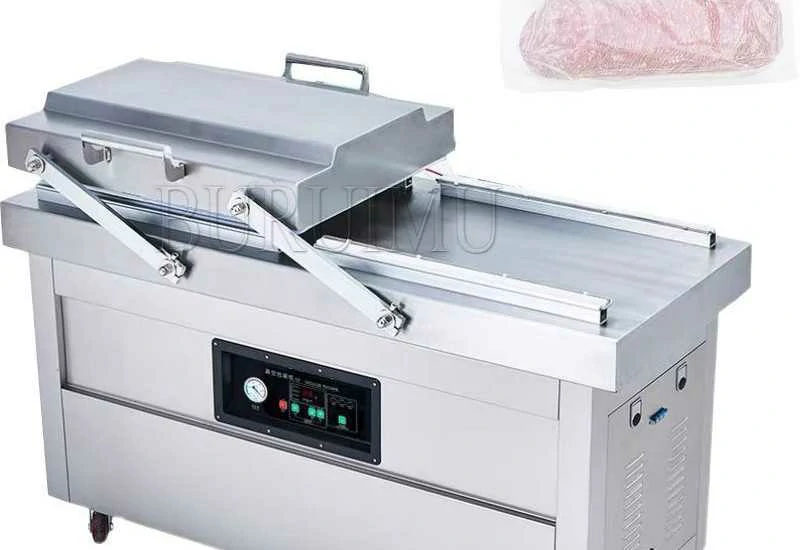3D printing, also known as additive manufacturing, is revolutionizing various industries across the globe. This innovative technology allows for the creation of three-dimensional objects by layering materials based on a digital design. From manufacturing prototypes to producing complex products, 3D printing has opened up a world of possibilities. In this article, we will explore the potential of 3D printing and its impact on different sectors.
1. Healthcare
The field of healthcare has greatly benefited from advancements in 3D printing technology. Medical professionals are now able to create patient-specific models, implants, and surgical tools. For example, surgeons can use 3D-printed models to practice complex procedures before operating on actual patients. This reduces the risk and improves the precision of surgeries, ultimately leading to better patient outcomes. Additionally, 3D printing has enabled the production of personalized prosthetics, orthotics, and dental devices, enhancing the quality of life for individuals with disabilities.
2. Aerospace
The aerospace industry has embraced 3D printing as a game-changer. The ability to rapidly prototype parts and components has significantly reduced development time and costs. Furthermore, 3D printing allows engineers to create intricate designs that were previously impossible using traditional manufacturing methods. This has led to lighter, more efficient aircraft that consume less fuel and have improved performance. In addition, maintenance and repair in the aerospace sector have been simplified by printing replacement parts on-demand, minimizing downtime.
3. Automotive
The automotive industry has also harnessed the power of 3D printing. Prototyping and testing new vehicle designs can be done quickly and cost-effectively, enabling manufacturers to iterate and improve their products at a faster pace. Moreover, 3D printing has opened up opportunities for customization and personalization. Car enthusiasts can now customize their vehicles with unique, 3D-printed accessories and parts. This level of individuality was not easily achievable in the past and adds a new dimension to the automotive market.
4. Architecture
Architects and designers are utilizing 3D printing to bring their creative visions to life. Models of buildings, houses, and landscapes can be printed in intricate detail, allowing clients to visualize projects before they are constructed. This technology has also facilitated the production of complex architectural elements that were previously challenging to manufacture. From intricate facades to customized interior features, 3D printing offers endless possibilities for pushing the boundaries of architectural design.
5. Education
3D printing has the potential to revolutionize education by providing hands-on learning experiences. Students can design and print their own objects, fostering creativity and problem-solving skills. This technology allows for interactive and engaging lessons across various subjects, from science and engineering to art and design. Furthermore, it enables educators to demonstrate abstract concepts in a tangible and visual way, enhancing the learning experience for students of all ages.
6. Manufacturing
Traditional manufacturing processes often involve high costs and long lead times. However, with 3D printing, manufacturers can create products more efficiently and economically. The ability to produce complex geometries and optimize designs for specific functions has improved product performance. Additionally, on-demand manufacturing reduces inventory costs and enables customization on a mass scale. As 3D printing continues to advance, it has the potential to disrupt traditional manufacturing methods and reshape supply chains.
In conclusion, 3D printing has brought about a paradigm shift in various industries. From healthcare to aerospace, automotive to education, this technology is transforming how we design, create, and innovate. With its ability to produce customized products, streamline manufacturing processes, and reduce costs, 3D printing holds immense promise for the future. As the technology evolves and becomes more accessible, we can expect further advancements and applications, driving innovation and changing the way we live and work.
.webp)
